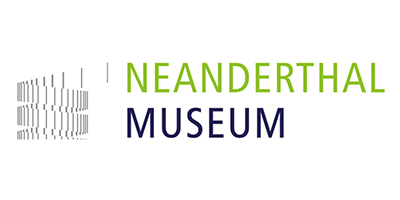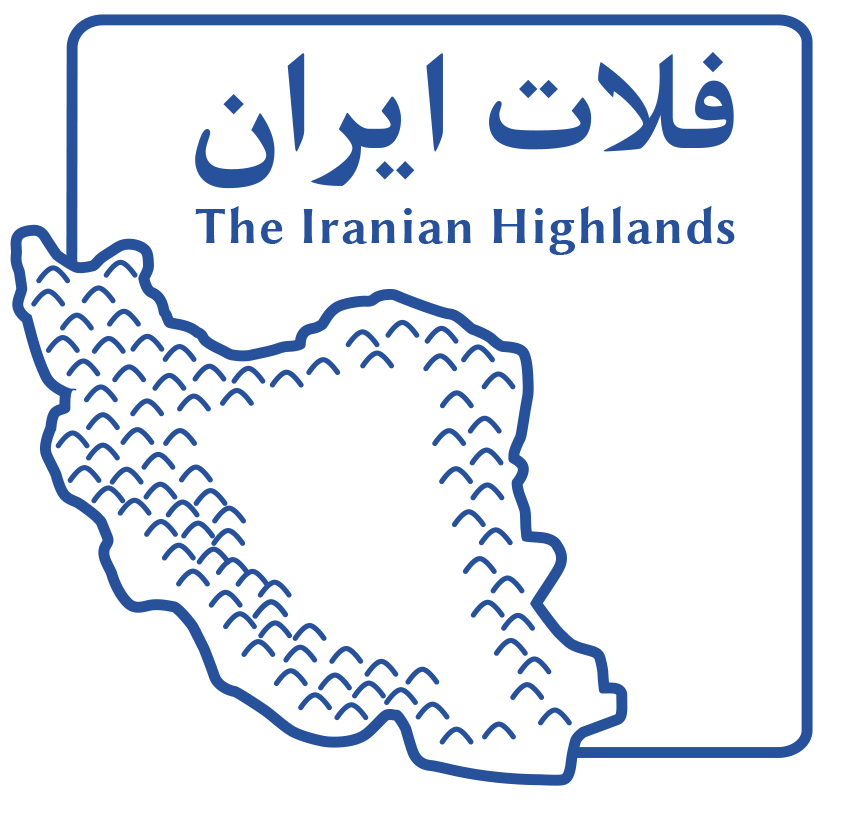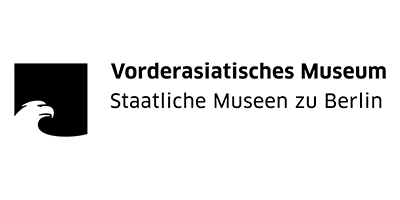
Human Movement and Mobility in HighLandscape Environments
International conference, April 27-29th, 2022
Welcome to the “Human Movement and Mobility in HighLandScape Environments” Conference!
April 27-29th, 2022
Mobility and movement are important factors shaping the lives of highland societies from pre-history to the modern era. Humans inhabiting landscapes marked by environmental differences according to elevation moved through different altitude levels at seasonal, annual, or
even longer timescales. Archaeological evidence from an exemplary highland landscape, the west and northwestern Iranian Plateau and South Caucasus, attests to different forms of human movements, including short and long migrations, transhumance, pastoralism, and nomadism from the Early Pleistocene to the recent nomadic pastoralists still inhabiting some of these regions. Traditional archaeological approaches to mobility rely on an often essentialist reading of the archaeological record combined with ethnographic analogies, but these concepts have proven unsatisfactory. More recently, researchers have suggested that for understanding human movement in a highland landscape, archaeologists need to cut new pathways and develop new approaches that integrate biogeographical and human evolutionary concepts, acknowledging a mutual dependence among environmental pressures and human adaptations.
What could these new pathways be? How could we, as archaeologists, overcome the limitation and stasis of our traditional approaches? What exactly are the limitations when one wants to address mobility? For instance, turning to one modern buzzword, many archaeologists consider ‘migration’ an anachronistic explanation for culture change, relegating the concept to the ‘disciplinary shadows’. And other scholars sharply criticize the validity of ethnographic analogy when discussing the deep history of nomadism. All these criticisms address traditional approaches as slipshod interpretations with ambiguous archaeological data or unsystematic application of ethnographic analogies.
Against this backdrop, our conference aims to develop a theoretically founded methodological framework and test it on a series of case studies from the study area. It asks how scholars have approached issues of mobility and where the traditional concepts can be challenged by new concepts. The main enquiries that we hope to explore in this conference include:
Grappling Movement: Limitations of methodology
- Where do the limits of (current) archaeological methods lie?
Materiality of Movement: Proxies and variables
- What kind of evidence/specific data/ material remnants need to be acquired in order to verify hypothesized scenarios of movement (nomadism, migration, pastoralism, transhumance, )?
- How can material signatures of different kinds of mobilities be identified?
- How can shifts in intensities and/or forms of mobility be tracked through time or across geographical regions?
Modeling Movement: Approaches and analytical elements
- What are approaches to human spatial behavior in different contexts and periods?
- How can we tackle the challenges and shortcomings?
We hope speakers bring from their fields or case studies new and creative approaches to address different forms of movement
With our very best regards,
Sepideh Maziar (Goethe University of Frankfurt)
Saman Heydari-Guran (Stiftung Neanderthal Museum)
Barbara Helwing (Staatliche Museen zu Berlin, Stiftung Preußischer Kulturbesitz)
The conference will start on April 27th 2022 at 12:45 PM (CET)
Day(s)
:
Hour(s)
:
Minute(s)
:
Second(s)
Plenary room
Technical assistance
Everything You Need In One Place
You will find below some useful documents related to the programme and the participation process

Conference program
Check which sessions you are interested in.

Abstracts
Check the abstracts of this conference.

Timeline preliminaries
Check the main timeline of this conference.
By using this platform, you are agreeing to the event code of conduct.
The Organizing Committee is not responsible for the quality of the internet connection of any of the speakers and of the attendees.




